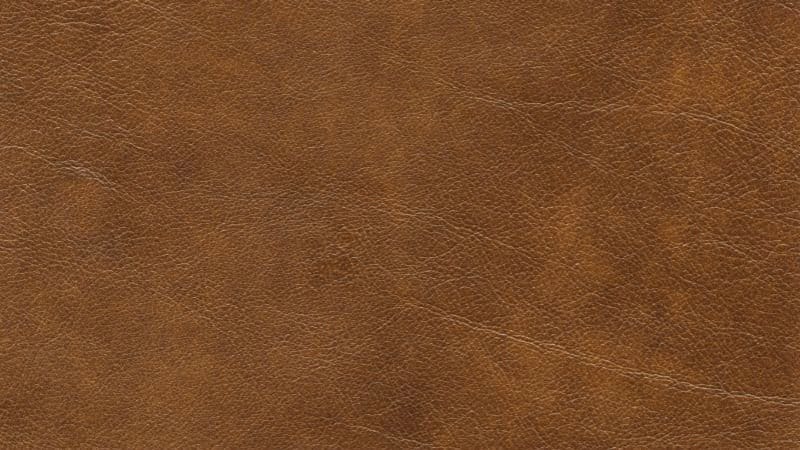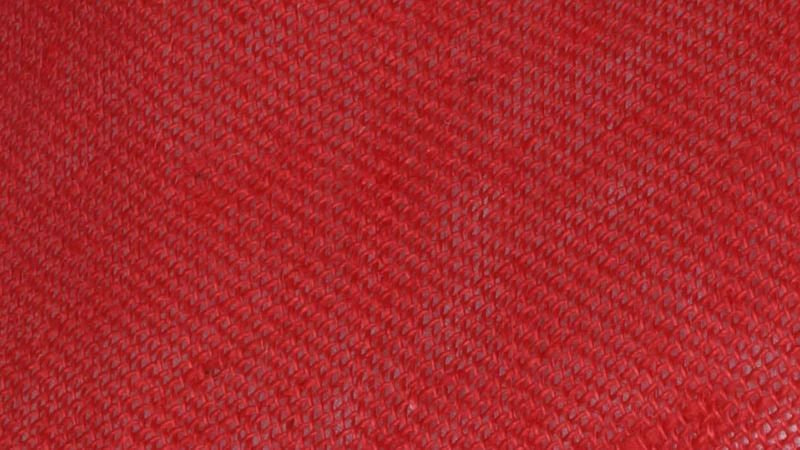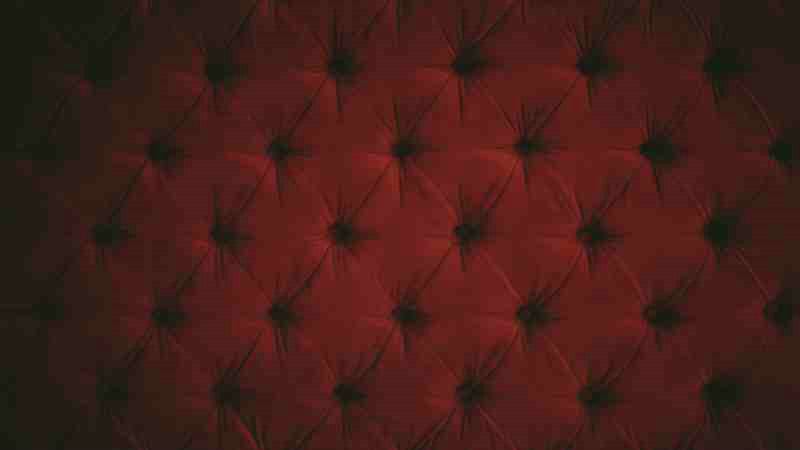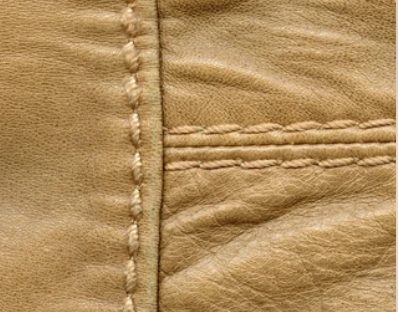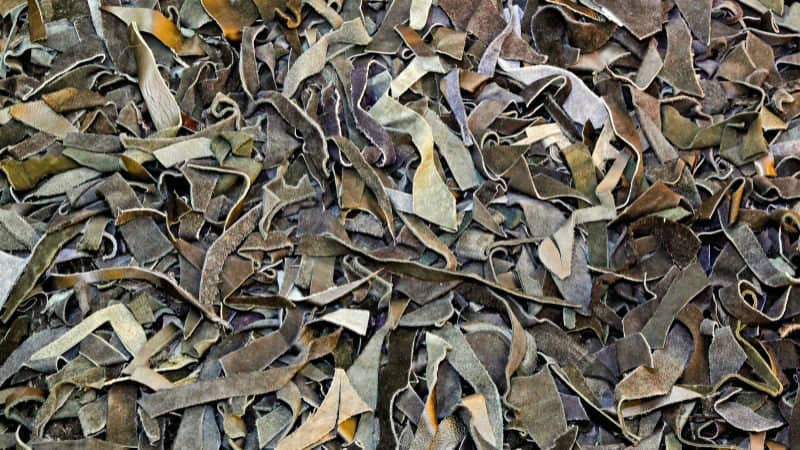
Using recycled leather is now trendy.
Recycled leather emerges as a compelling solution, offering traditional leather’s luxurious color and texture while significantly reducing environmental impact.
At Sinocomfort, we are committed to using sustainable materials without compromising on quality or style.
This article delves into what recycled leather is, exploring its composition, manufacturing processes, and the myriad benefits it offers both consumers and the planet.
What is Recycled Leather?
Recycled leather is a sustainable option, where leftover leather scraps are combined with other materials. Producing recycled leather typically includes shredding these scraps and meshing them with binding agents to create a new, usable material.
Often, the recycled leather is made from 60% real leather. The rest is usually a mix of binders and coatings designed to hold everything together and provide a durable finish.
Here is a composition chart of recycled leather:
- About 60% real leather: The core of the material maintains some leather properties.
- Binders and Rubber Coating: Approximately 30% of the makeup, giving stability.
- Water-based Polyurethane Coating: The outer layer, about 10%, adds durability and a leather-like look.
This material is not just thrown together; it’s carefully crafted to ensure it’s strong enough for use in products like clothing, furniture, and accessories.
What are the Differences Between Recycled Leather and Real Leather?
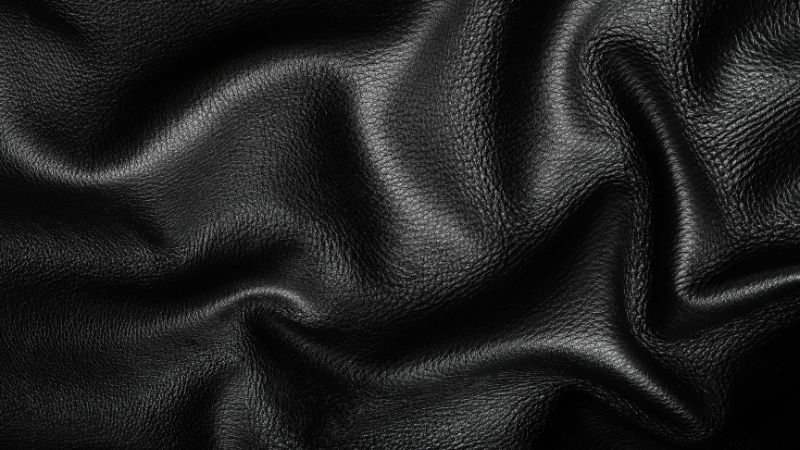
When putting recycled leather side by side with traditional leather, several points stand out.
Traditional leather is all about authenticity—it’s made from animal hides and is fully genuine leather with a long lifespan and very characteristic texture.
On the flip side, recycled leather offers you an alternative that’s kinder to the planet. While it’s often more affordable.
Recycled leather shares some characteristics with genuine leather, including moisture absorption and air permeability, softness and elasticity, light texture, and resistance to extreme temperatures.
However, recycled leather is not like leather; it has lower strength compared to real leather of the same thickness, and it is also less durable, particularly when exposed to sharp objects.
Here is a table for you to have a quick understanding:
| Aspect | Recycled Leather | Traditional Leather |
|---|---|---|
| Composition | Leather scraps + binders + coating | 100% animal hide |
| Durability | Less durable, can peel | More durable |
| Environmental Impact | Reduces waste, eco-friendly | Higher environmental impact |
| Cost | Generally more affordable | More expensive |
Things to be realized is that other leather alternatives like faux leather or vegan leather don’t contain any real leather but aim to mimic its appearance and texture using entirely synthetic materials.
Bonded leather is a slightly different concept, combining leather remnants with a polyurethane binder, which contains less actual leather than recycled leather products.
The Lifecycle of Recycled Leather
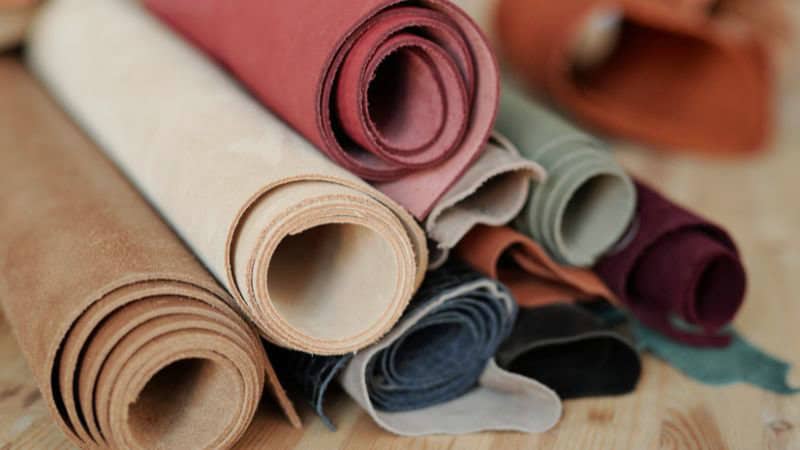
Leather scraps come from various places such as factories, workshops, or manufacturers. Tanning processes and leather goods production often leave behind pieces that are too small for making traditional items like bags or jackets but are perfect for recycling. These leftovers include:
- Cut-offs from shoe, belt, and wallet production
- Defective goods not suitable for sale
- Post-consumer waste, such as damaged leather furniture and jackets
Recycled Leather Manufacturing Process
The process of producing recycled leather involves several key stages that transform used leather pieces into versatile, high-quality material.
Collection is the initial step, where various leather scraps are gathered and meticulously sorted based on factors such as quality, type, and color.
Once sorted, the leather undergoes shredding, breaking it down into fine fibers that serve as the foundation for the recycled material. In the binding phase, special binders are blended with these fibers to ensure they adhere firmly together, enhancing the strength and durability of the final product.
Finally, the mixture is compressed into sheets, allowing the material to be formed into uniform sheets that can vary in thickness to meet different application needs.
After creating these sheets, they’re used just like regular leather to manufacture a variety of products, thus completing the recycling cycle of the leather. This practice not only makes use of waste but also adds a layer of eco-friendliness to leather goods.
Why is Recycled Leather Considered Environmentally Friendly?
Recycled leather significantly reduces waste by utilizing leather scraps and by-products that would otherwise be discarded in landfills, thereby minimizing the environmental impact of waste disposal.
Meanwhile, the collection and sorting of existing leather materials lessen the need for new animal hides, conserving natural resources and reducing the demand for livestock farming, which is associated with high greenhouse gas emissions.
Additionally, the shredding and binding processes used to transform recycled leather require less energy and water compared to traditional leather production, resulting in a lower carbon footprint.
At last, by forming sheets from recycled fibers, manufacturers can create durable and versatile products without the extensive use of chemicals and tanning agents typically involved in producing real leather.
This sustainable approach not only conserves resources and reduces pollution but also promotes a circular economy, making recycled leather a more eco-friendly alternative to conventional leather.
Is Recycled Leather the same As Vegan Leather?
Recycled leather and vegan leather are different things, but they are all alternatives to real leather.
Compared with recycled leather, vegan leather is produced from either synthetic materials like PVC and PU or natural sources such as cork, algae, pineapple leaves, apple peels, and mushrooms. Some vegan leathers also incorporate recycled plastics, further emphasizing sustainability.
From an environmental perspective, recycled leather stands out by utilizing leather waste that would otherwise end up in landfills, thereby reducing the demand for new leather production and offering a more eco-friendly alternative to traditional tanning processes.
Vegan leather benefits from eliminating livestock involvement, resulting in lower carbon emissions—approximately 15.8 kg compared to 17.0 kg per square meter for real leather. Additionally, plant-based vegan leathers are generally more sustainable than their synthetic counterparts.
When it comes to durability and performance, recycled leather typically has a shorter lifespan and is less durable, making it more susceptible to wear and requiring easier maintenance.
Vegan leather, depending on the material type, can vary in lifespan and durability but often demands less maintenance overall. The cost of recycled leather is generally more economical, whereas vegan leather costs can fluctuate widely based on the materials and manufacturing processes used.
Applications of Recycled Leather
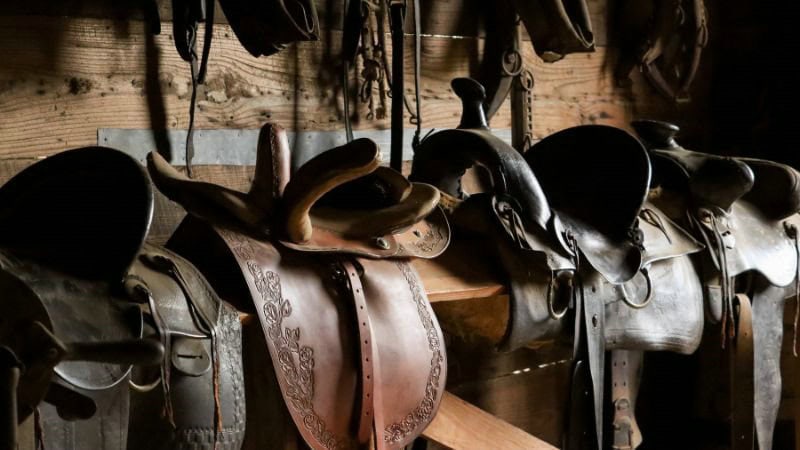
There are lots of things made from recycled leather recently:
Fashion and Accessories
- Fabric and textile products
- Bags and briefcases
- Wallets and handbags
- Shoes, jackets, and belts
Furniture and Home Decor
- Sofas and chairs
- Couches and upholstery
- Wall panels
- Flooring tiles
Building Materials
- Insulation material (when mixed with sawdust or shredded paper)
- Leather particleboard for composite materials
- Decorative objects
Publishing and Stationery
- Bookbinding
- Book covering
- Paper-backed leather product
Frequently Asked Questions
Can recycled leather products withstand long-term use?
While recycled leather is not as long-lasting as genuine leather, it can still hold up well with proper care and is suitable for many applications.
What are the benefits of choosing a recycled leather handbag?
Opting for a recycled leather handbag supports sustainability, and often, you’ll get a stylish and environmentally friendly product at a better price point.
Are recycled leather furnishings as durable as traditional leather?
Recycled leather furnishings may not be as resilient as those made with traditional leather, but they do provide a durable and more sustainable option for your home.
What exactly does ‘100% recycled leather’ mean?
When you see ‘100% recycled leather,’ it indicates that the material is entirely made from repurposed leather scraps, without any additional virgin leather.


